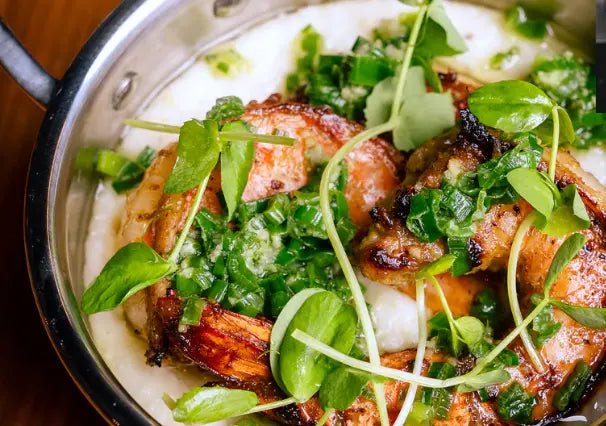Caramel is a wonderful thing. Its golden, sticky, creamy flavour can be used in sauces, cakes, tarts, custards, slices, bars, biscuits - the list is endless! There's often a certain nostalgia surrounding caramel, as it's been popular with children for generations. There's no need to be afraid of making your own homemade caramel. The real key to success with caramel is to keep your attention focussed on it. That makes a good, attentive eye your best piece of equipment! Although it's not difficult to caramelise sugar, the process can be daunting if you've never done it before. So it may take a few tries before you can perfect your caramel art into a deep amber liquid that's deliciously sweet and not quite burnt. CRISTEL® has a few tips to help you get the perfect caramel in no time!
Part 1: how to avoid burning your caramel
To make caramel, you need to melt sugar and butter in a thick-bottomed frying pan or saucepan, which works best with high-quality cookware such as the CRISTEL® range, carefully designed to distribute the heat evenly and ensure the sugar cooks at a steady rate.
This is an essential part of preparing the caramel. To avoid burning your caramel, you need to monitor it carefully. Once the sugar has melted, continue cooking until it turns amber. It should be removed from the heat source when it starts to smoke and foam a little at the edges. Burning most often occurs when the caramel is left too long on the heat source or when the temperature is too high. The colour of the caramel should not be too dark. Burnt caramel can also be tricky to remove from the pan, so don't let your guard down during this fairly quick process!
Part 2: how to prepare the perfect caramel
You only need two ingredients to make caramel, but it's all about technique and timing. Start by coating the bottom of a CRISTEL stainless steel frying pan with a little caster sugar, then place it over a medium heat. CRISTEL®'s heat-diffusing base ensures even caramelisation. Once the sugar has melted and turned golden brown, you can set it aside. However, if you wish to make it a little richer, lower the temperature and add some butter.
Part 3: example of a recipe for tarte tatin
Caramel is the key ingredient in one of France's best-known and best-loved desserts: Tarte Tatin. This delicious apple tart is named after the French hotel that once served it as a star recipe.
- You can start by making a butter caramel in a CRISTEL® frying pan, then add some peeled and quartered Granny Smith apples to the pan, turning them to allow them to caramelise.
- Then add a little ground cinnamon and vanilla extract.
- Once the apples are cooked, remove the pan from the heat and place your shortcrust pastry on top of the pan, tucking it around the edges of the apples.
- Remove the handle from the CRISTEL® stainless steel pan when placing in the oven (20 minutes at 400°F).
- When the time comes, turn the Tarte Tatin out onto a serving dish or board so that the pastry is under the caramelised apples. Voilà! Your tart is done.

















